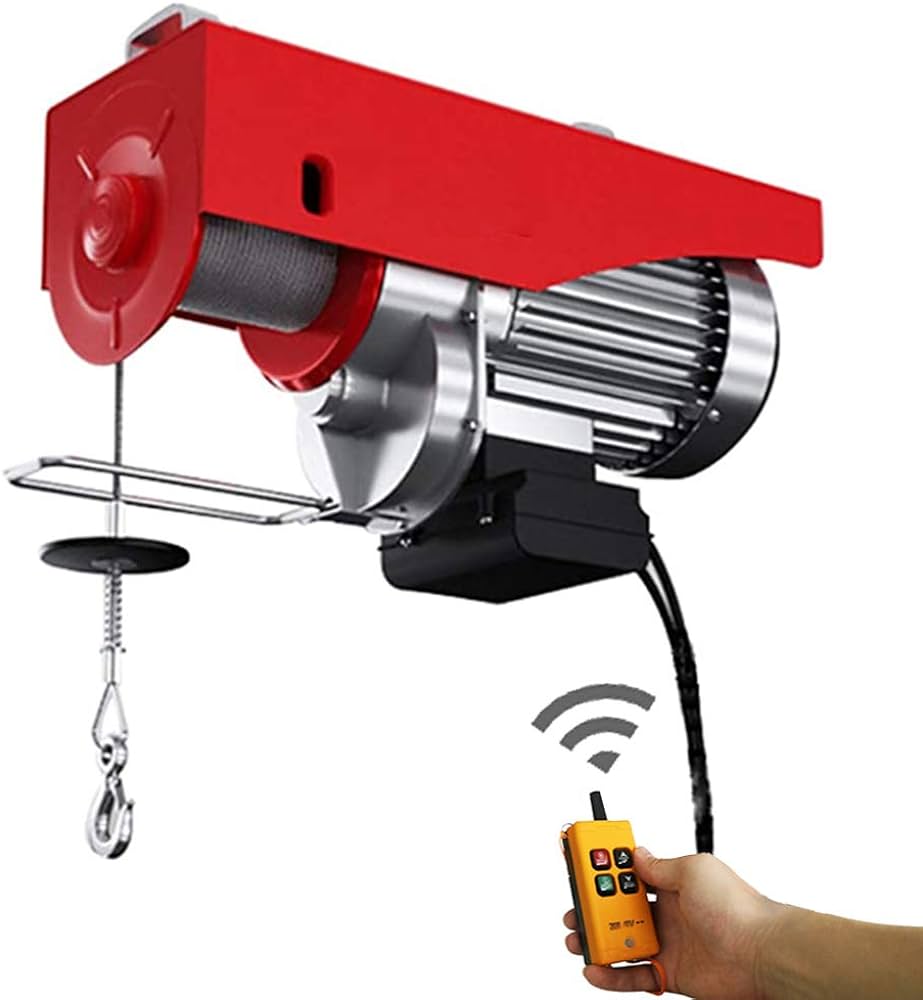The Importance of Regular Maintenance for Electric Hoists
Regular maintenance of electric hoists is critical to ensure their safe and efficient operation. These essential devices are widely used in various industries for lifting and moving heavy loads, making them indispensable assets in many workplaces. However, like any mechanical equipment, electric hoists require routine upkeep to prevent breakdowns, ensure optimal performance, and promote workplace safety. One of the primary reasons for regular maintenance is safety. Electric hoists often handle heavy loads, and any malfunction or failure could lead to serious accidents, injuries, or even fatalities. By adhering to a consistent maintenance schedule, potential issues can be identified and addressed proactively, reducing the risk of accidents caused by equipment failure. This includes inspecting components such as hooks, chains, cables, and motors for signs of wear, damage, or deterioration that could compromise their integrity. Additionally, lubrication of moving parts is essential to minimize friction and prevent premature wear, ensuring smooth and reliable operation.

Furthermore, regular maintenance helps extend the lifespan of polipasto electrico and reduces the likelihood of costly repairs or replacements. Over time, components can degrade due to normal wear and tear, environmental factors, or operational stress. By conducting regular inspections and servicing, minor issues can be detected early and rectified before they escalate into major problems that require extensive repairs or complete hoist replacement. This proactive approach not only saves money but also minimizes downtime, ensuring uninterrupted productivity. In addition to safety and cost-saving benefits, regular maintenance also contributes to operational efficiency. Electric hoists that are well maintained operate more smoothly and reliably, allowing for increased productivity and workflow continuity. By addressing issues such as motor performance, brake functionality, and control system calibration, maintenance activities help optimize the hoist’s performance, reducing the risk of unexpected malfunctions or breakdowns during critical operations. This reliability is especially crucial in industries where downtime can result in significant financial losses or production delays.
Moreover, adhering to a structured maintenance regimen ensures compliance with industry regulations and standards governing workplace safety and equipment maintenance. Many regulatory bodies and industry associations have established guidelines and requirements for the inspection, testing, and maintenance of lifting equipment, including electric hoists. By following these guidelines and documenting maintenance activities, businesses can demonstrate their commitment to safety and regulatory compliance, mitigating potential liabilities and legal risks associated with workplace accidents or equipment failures. It is also worth noting that regular maintenance fosters a culture of safety and responsibility among employees. By involving workers in maintenance activities, such as conducting pre-operation inspections or reporting any observed issues, companies promote a proactive approach to safety and equipment care. This engagement not only enhances overall workplace safety but also empowers employees to take ownership of their work environment and contribute to its upkeep.